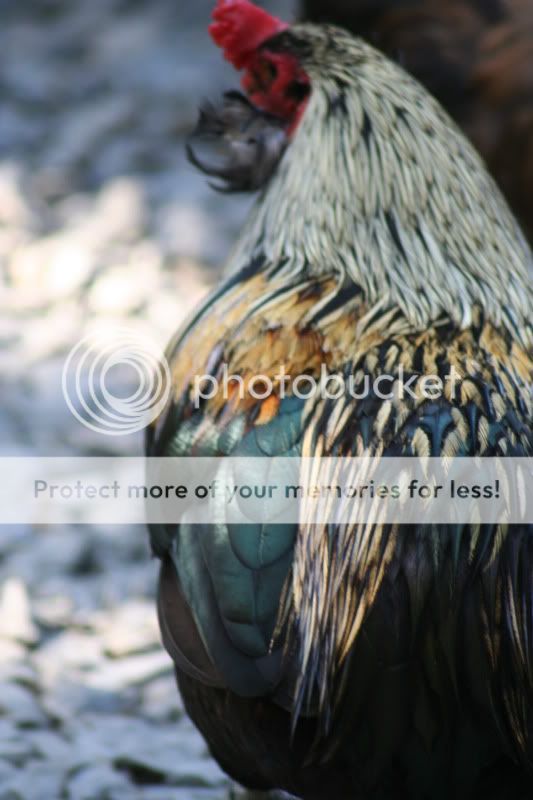- Thread starter
- #41
Great idea. Here you have the Ona- so you will have any number of segregates in each clutch, which you can you put into different breeding founder groups.
Follow along with the video below to see how to install our site as a web app on your home screen.
Note: This feature may not be available in some browsers.









